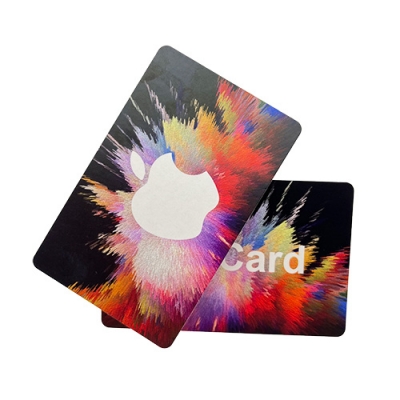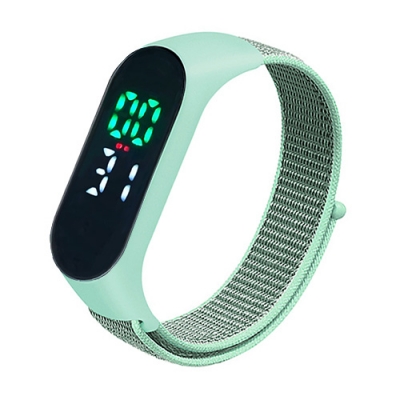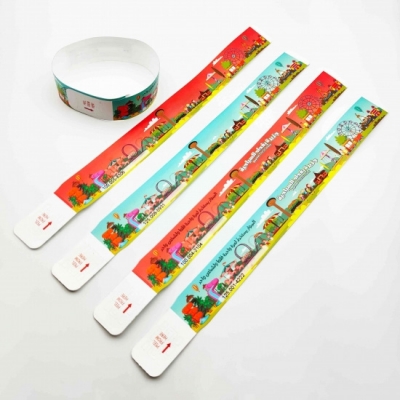So far, using MetraLabs' software and Tory RFID robots, along with Checkpoint Systems' RFID tags, the system has improved inventory accuracy from 60 percent to 95 percent, according to Adam Gradon, chief product owner of Kmart Australia's digital stores. Formal installation began around July and all stores are expected to be using the technology by this Christmas.
The pilot of the technology began with 11 stores across all Australian states to test the effectiveness of the technology in different locations, with the goal of building up the technology from multiple store types in different areas, both urban and rural. The company first tested RFID on a small selection of garments in the women's apparel department starting with denim to determine if the robots could read the tags correctly in the back office and on the store floor.
The company has replaced its existing price tags with Checkpoint's passive UHF RFID tags, which are used from the time the merchandise is manufactured. The company reports that source tagging begins in 2021, and Gradon says that because the tags replace regular price tags, manufacturers can use them as if they were regular printed bar code labels.
As stores prepare for fully automated inventory counts, employees often finish tagging items already on the shelves without RFID tags. gradon notes that even when tagged items come from suppliers, stores are still impacted by untagged products early in the deployment, so they need to go to the manufacturing floor where the items are tagged.
In the future, RFID tags can be applied to other general merchandise in Kmart Australia stores. In the long term, Kmart Australia plans to integrate RFID tag reading throughout the product lifecycle, although the company is still reviewing the benefits of the data it obtains from its stores.














